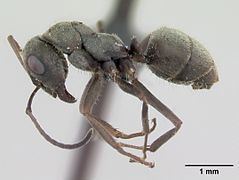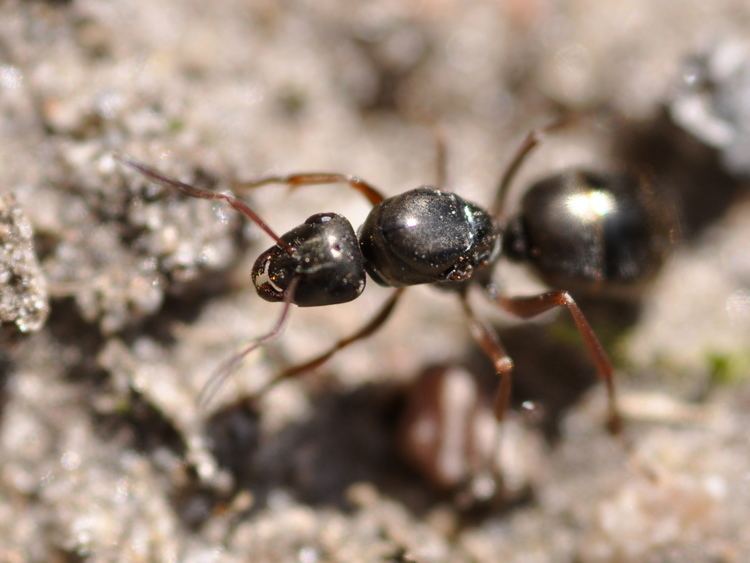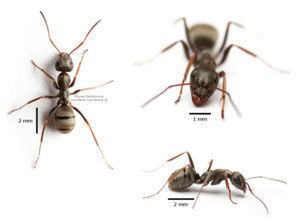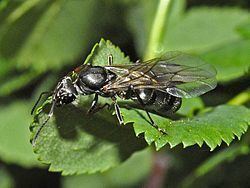Family Formicidae Rank Species | Tribe Formicini | |
 | ||
Similar Formica sanguinea, Formica cunicularia, Formica fusca, Formica rufibarbis, Formica truncorum | ||
Formica cinerea kolonia 2015
Formica cinerea is a species of ants in the family Formicidae.
Contents
Formica cinerea 2
Distribution

This species is distributed through the majority of Europe, from Spain to western Siberia and from Scandinavia to the Balkans. Its also present in the Near East and in the East Palearctic ecozone. It is lacking in the UK.
Description

Formica cinerea can reach a length of 4–7 millimetres (0.16–0.28 in) in workers, or 8–11 millimetres (0.31–0.43 in) in queens. Body is dark gray or silvery, large and agile, with extra large eyes and dark reddish legs.

This species can be easily confused with Formica fusca, Formica fuscocinerea and Formica selysi. The distinction of these species is very difficult and it is only possible under the microscope.
Habitat

Underground nest are usually built in dry and sunny sand habitats with scarce vegetation. It is often found together with the ant Lasius psammophilus on sand-dunes. Also occurs in human-constructed open habitats such as river dams, on seaside beaches and occurs up to 1800–2500 m in the mountains.
Biology

This species predates mostly insects, arachnids and other invertebrates, and also feeds on honeydew. It is very aggressive and therefore it is hardly used by other ant species as the host species. As an adaptation to open habitats these ants have good vision and can run very fast. Colonies may either be monogyne or polygyne, the latter frequently develop into vast and very populous polydomous systems. The swarming takes place from June to August, with a winter rest from October to March.
